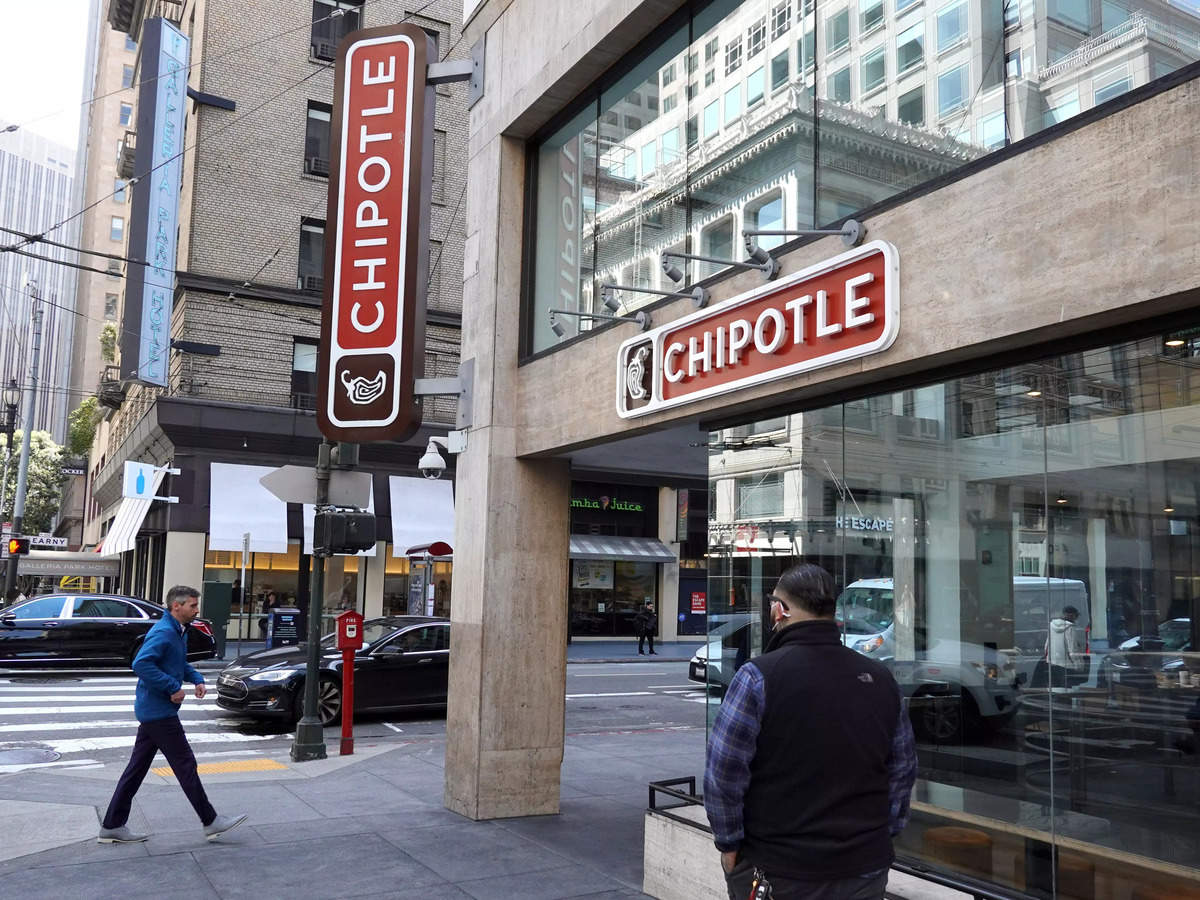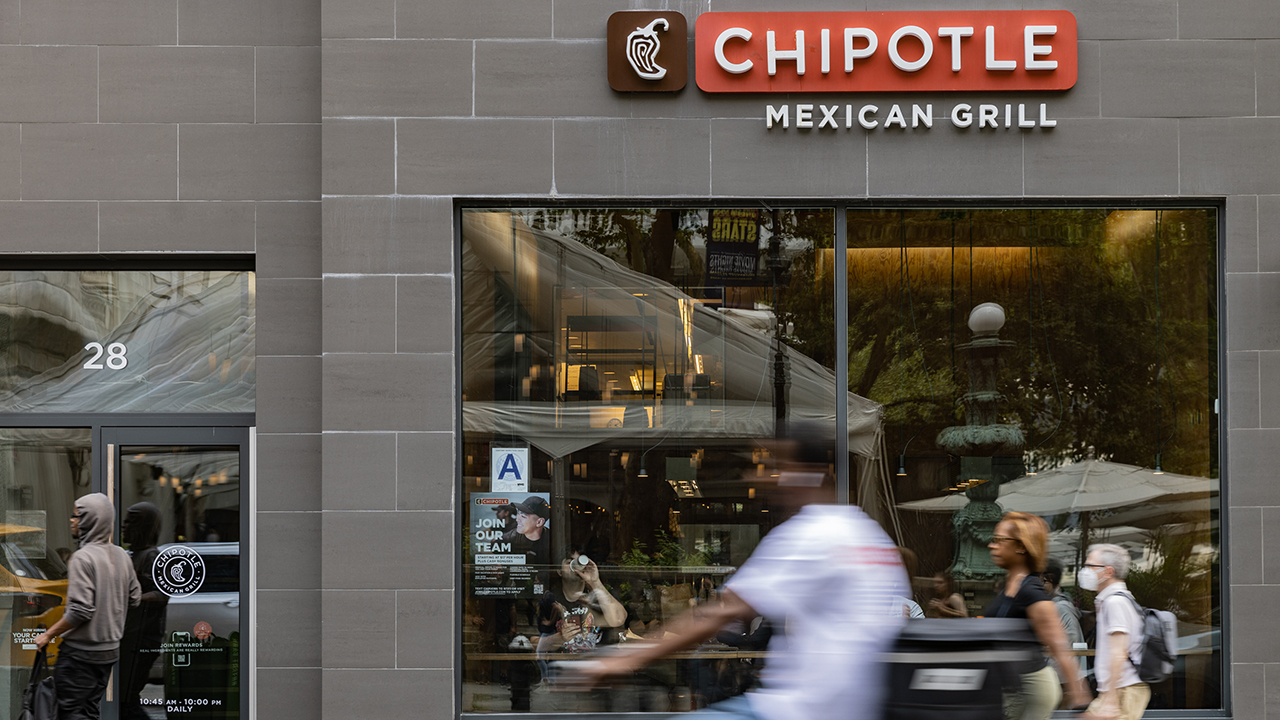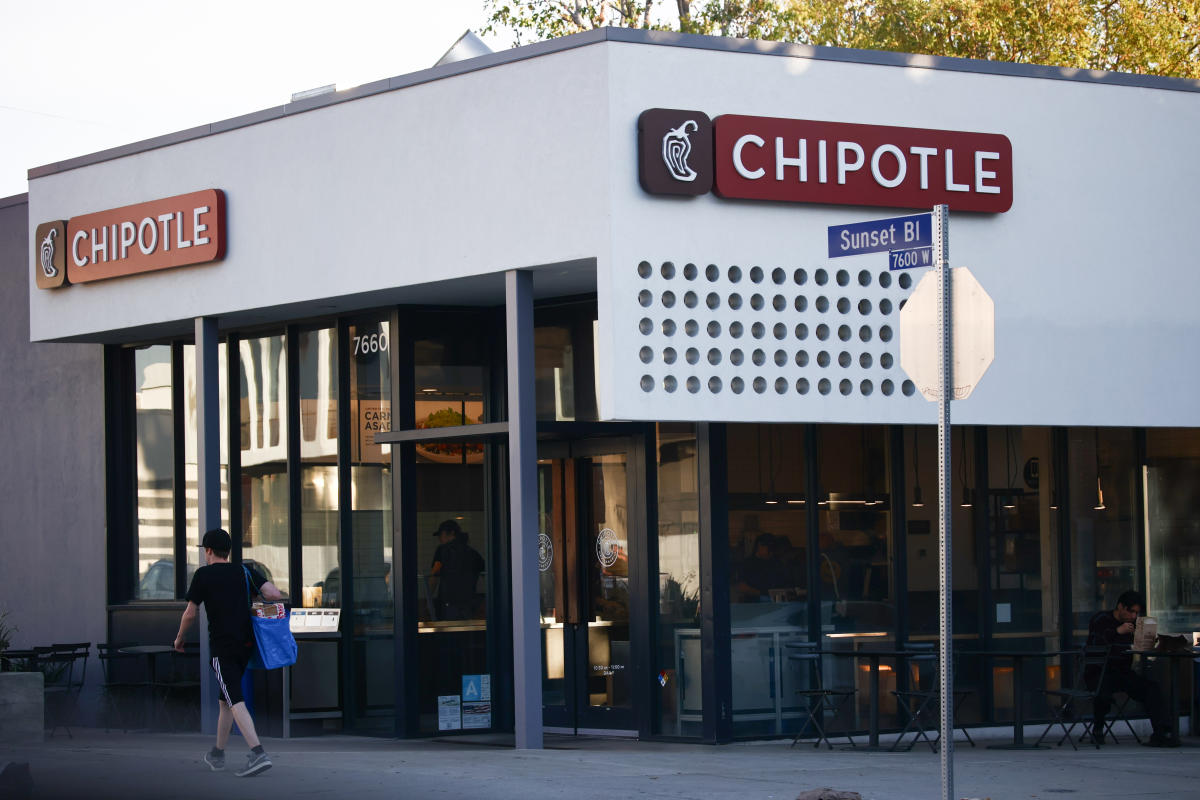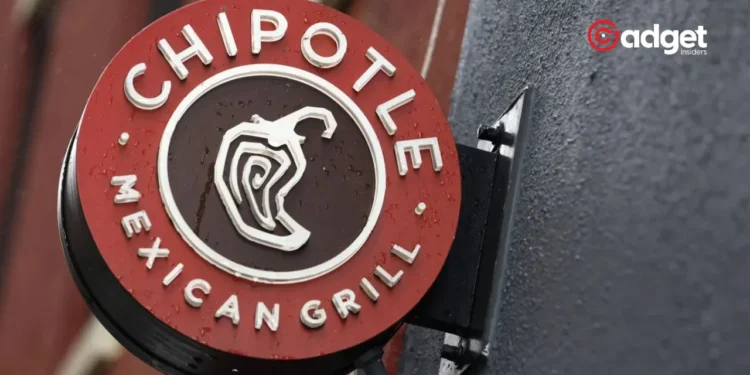In the heart of California’s bustling food scene, Chipotle Mexican Grill is making significant adjustments to cope with the recent legislative changes affecting wages. The introduction of California’s ambitious $20 minimum wage for fast food workers, a move designed to enhance living standards, has begun to ripple through the industry with visible effects on both workers and consumers.
Chipotle, a major player in the fast-casual dining sector, has reported a noticeable impact on its operational costs, which has subsequently led to changes in its menu pricing.

California: Wage Increases and Price Adjustments
During a recent earnings call, Chipotle disclosed that the new wage law has necessitated a 20% increase in wages for its restaurant staff throughout California. This decision aligns with the state’s commitment to ensuring fair compensation for fast food workers but brings with it the challenge of balancing cost management with competitive pricing.
Brian Niccol, CEO of Chipotle, highlighted that to manage these increased labor costs, the company has adjusted its menu prices by approximately 6% to 7% across its California locations. This price adjustment is slightly higher than in other states, where Chipotle’s operating costs have traditionally been lower.
🇺🇸 Chipotle shares rally after earnings beat helped by new menu items https://t.co/TXTXbCRxJ4
— Neil Saunders (@NeilRetail) April 25, 2024
Jack Hartung, Chipotle’s CFO, provided further insights, noting that before the wage increase, the average spending per visit in California was comparable to other regions. However, the inherent costs of doing business in California—often higher than elsewhere—have compelled the company to rethink its pricing strategy carefully.
Strategic Pricing to Maintain Customer Loyalty
Despite the price hike, Chipotle assures that its offerings remain competitively priced. “After the increase, we still have burritos that are going to be reasonably priced,” Hartung explained, suggesting that a standard chicken burrito would still be around the $10 mark.
This approach indicates Chipotle’s strategic pricing plan, aiming to absorb some of the wage increase internally rather than passing the full impact onto the consumer.

Moreover, Hartung pointed out that it is still early days to determine how these changes will affect customer behavior in the long term. With 475 restaurants in California, making up about an eighth of its total operations, Chipotle is cautiously observing trends and customer feedback to adapt its strategies accordingly.
Comparing Industry Responses
It’s worth noting that Chipotle is not alone in grappling with these changes. The entire fast food sector in California is currently navigating this new economic landscape, each adopting varying strategies to deal with increased costs.
According to Hartung, Chipotle is endeavoring to pass on less of the cost increase to its customers compared to some of its competitors, maintaining its market position as a value leader. “We still think we offer a great value here,” he commented, emphasizing the brand’s commitment to quality and affordability.

Looking Ahead
As the industry continues to adjust to the new wage standards, the effects on consumer spending and business operations will become clearer.
Chipotle’s proactive adjustments to its pricing and wage policies reflect its dedication to both its employees and customers, balancing increased costs with maintaining the affordability of its popular menu items.
This careful navigation of economic challenges showcases Chipotle’s commitment to its California market, promising to remain a key player in many consumers’ budgets despite statewide economic shifts.










